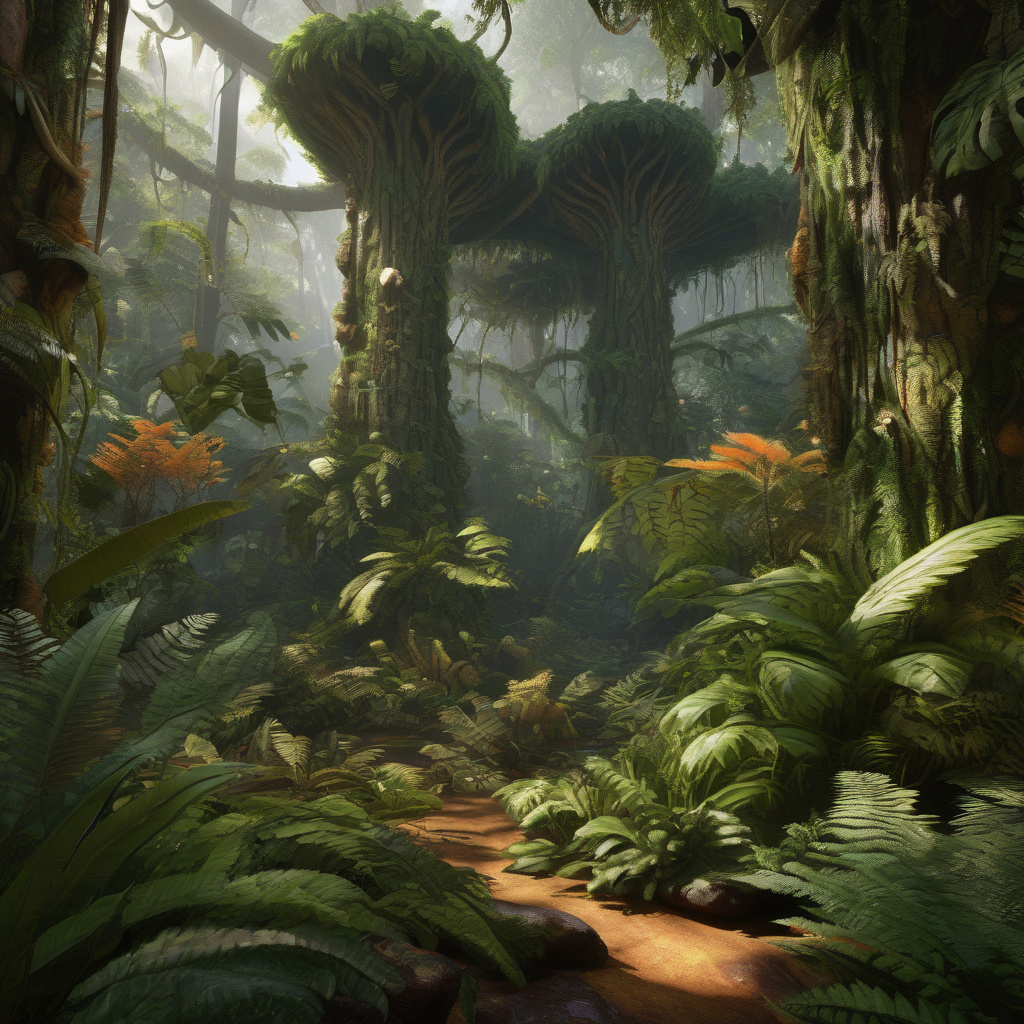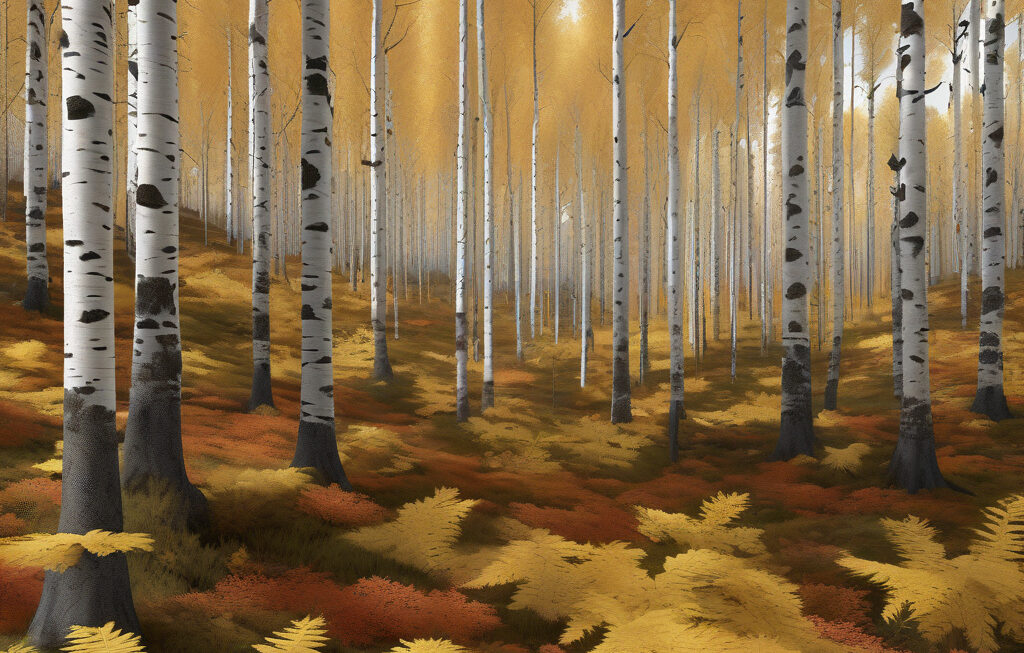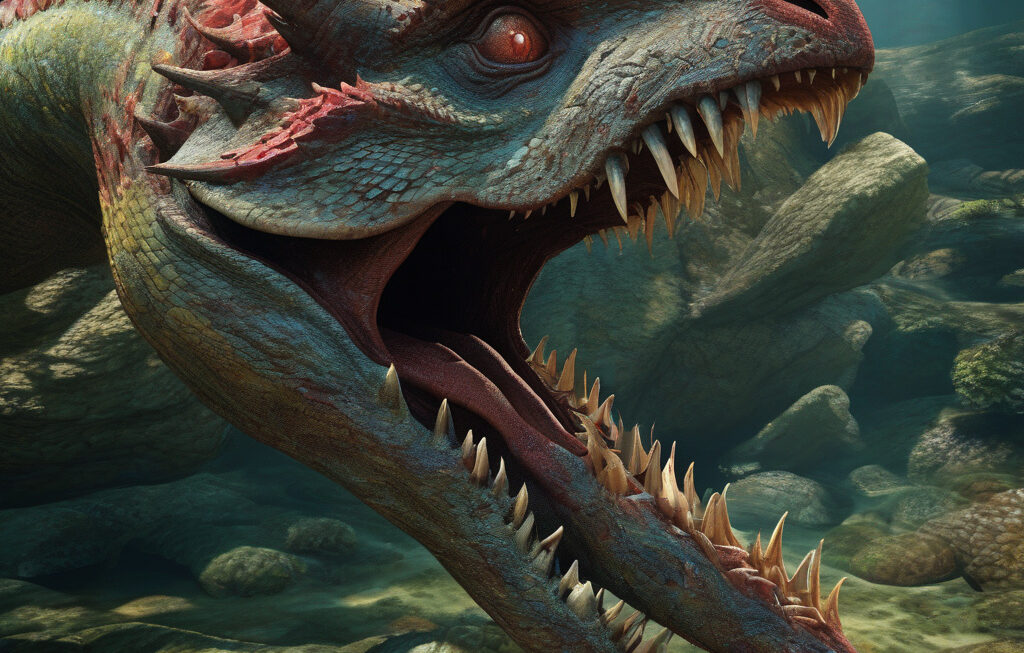Dinosaur-era Amber Reveals 112-Million-Year-Old Ecosystem of Ancient Amazon
A rare fossilized amber has provided a glimpse into a 112-million-year-old Cretaceous ecosystem in South America, particularly in the ancient Amazon region. This discovery offers a unique opportunity for scientists to understand the biodiversity and environmental conditions that existed during the time of the dinosaurs.
The amber, which is believed to have originated from present-day Myanmar, contains a variety of plant material, insects, and other organisms that were preserved in exquisite detail. This finding is significant because it provides a window into the past, allowing researchers to study the interactions between different species and the overall structure of the ecosystem.
One of the most fascinating aspects of this discovery is the presence of ancient rainforest plants that are no longer found in the Amazon region today. By analyzing the plant material trapped in the amber, scientists can reconstruct the flora that existed millions of years ago, shedding light on the evolution of plant species and the changing landscape of the Amazon over geological time scales.
In addition to the plant material, the amber also contains a diverse array of insects, including beetles, flies, and ants. These fossilized insects offer valuable insights into the ancient insect communities that inhabited the Cretaceous Amazon. By studying the morphology and behavior of these ancient insects, researchers can piece together the complex food webs and ecological relationships that existed in the region.
Furthermore, the presence of microbial biofilms in the amber provides clues about the environmental conditions of the ancient Amazon. These biofilms, which are composed of microorganisms such as bacteria and algae, indicate the presence of water and other essential nutrients in the ecosystem. By studying the composition of these biofilms, scientists can infer the quality of the water and the overall health of the ecosystem during the Cretaceous period.
Overall, the discovery of this dinosaur-era amber offers a rare glimpse into a bygone world, allowing scientists to reconstruct the ancient Amazon ecosystem with unprecedented detail. By combining the information gleaned from the plant material, insects, and microbial biofilms preserved in the amber, researchers can paint a vivid picture of life in the Cretaceous Amazon and gain a deeper understanding of how ecosystems evolve over millions of years.
As technology and scientific techniques continue to advance, we can expect more groundbreaking discoveries that will further illuminate the mysteries of the past and reshape our understanding of ancient ecosystems. The study of dinosaur-era amber is just one example of how paleontologists and biologists are using innovative methods to unlock the secrets of prehistoric life, offering a tantalizing glimpse into the ever-changing tapestry of Earth’s history.
ancientAmazon, CretaceousEcosystem, DinosaurEraAmber, AncientBiodiversity, PrehistoricDiscoveries












